Businesses rely on knowledge management systems to operate internally. Employees need to access documents, teams need to collaborate, and departments need to share announcements, policies, and forms easily. If you’ve ever used outdated knowledge management software, you know how it can hold your organization back.
What is knowledge management? 💡
Knowledge management is a tool or process to manage, access, and share information in an organization. It supports a unified base where employees are aligned with company missions and individual goals.
It’s in your documentation—your manuals, guidelines, lists, databases, memos, and files. And it’s also in the minds of your team members – the expertise that enhances your business. Knowledge is power, and when properly harnessed, it fuels a successful company.
Staying up to date with the top knowledge management trends allows your staff to keep on top of all information shared within the business. Good knowledge management practices are needed to ensure a workforce can access any piece of knowledge they might need. Future knowledge management is significant in enhancing organizational practices through innovations like AI and cognitive computing.
We live in a data-driven world where employees spend an average of 40% of their careers working online. This makes your knowledge management software, an essential tool to keep up with demand and ensure efficient workflows across all departments.
Introduction to Knowledge Management
Knowledge management (KM) is a crucial aspect of modern organizations, enabling them to leverage their knowledge assets to achieve business objectives. Effective KM involves the creation, sharing, and utilization of knowledge to improve operational efficiency and drive business outcomes. The latest knowledge management trends, including artificial intelligence (AI) and machine learning (ML), are transforming the way organizations manage and share knowledge.
KM systems are designed to facilitate knowledge sharing, reduce knowledge gaps, and provide access to relevant information. The future of knowledge management will be shaped by emerging trends, such as the use of knowledge graphs, semantic layers, and AI-driven automation. Organizations that prioritize KM will be better equipped to stay ahead of the curve and achieve their business goals.
KM professionals play a critical role in implementing and maintaining KM systems, ensuring that knowledge is properly curated and delivered to the right people at the right time. The importance of KM cannot be overstated, as it enables organizations to make data-driven decisions, improve collaboration, and drive innovation. By leveraging KM, organizations can unlock the full potential of their knowledge assets and gain a competitive edge in the market.
As the business landscape continues to evolve, KM will become increasingly important for organizations to remain agile and responsive to changing circumstances. Staying up to date with the latest knowledge management trends is essential for any organization looking to thrive in a dynamic environment.
Let’s look at 17 knowledge management trends for 2025 that are changing the course of knowledge base software.
- Social is the name of the game
- Advanced search indexing and AI assistance
- Seamless collaboration tools
- Mobile technology is front and center
- Visuals are replacing lists
- Integrated external communication
- Flexible and fine-grained permissions
- Organized content through tags
- Easy-to-use segmented spaces
- Friendlier user interface
- All tools in one place.
- Consistent and immediate notifications
- Internal questions are easily answered
- Cloud-based software
- Automated content
1. Social is the name of the game
It’s no surprise that social media is one of the biggest knowledge management trends for 2025. Every industry has altered the way they market, communicate, and work. And the same social media tactics are being applied to knowledge management trends.
A human centric platform facilitates knowledge sharing and collaboration through an organic, free flow of communication. Notifications, activity streams, comments, votes, and likes are some of the many social elements that get your people talking and working together with just the click of a button.
Employee directories are also a great source of knowledge sharing. These days, you can show more than just contact information; you can also show personal interests, authored internal content, current projects they’re working on, and spaces they are part of. You can also create custom fields to make your directory a true source of knowledge. It’s about connecting employees and developing relationships.
Social media elements help surface relevant knowledge by understanding user behavior and facilitating knowledge sharing, ensuring your people find each other, share thoughts, and grow together.
2. Advanced search indexing and artificial intelligence assistance

One of the most important is the search engine. If users can’t find what they’re looking for, what good is the information?
Internal search indexes will be easier to navigate, quicker, and retrieve the most relevant information with little help. By entering a person, keyword, title, department, or anything relevant to a topic, you’ll yield all results related to your search.
Advanced search capabilities are crucial in implementing knowledge management innovations and creating interconnected knowledge networks. This leads to more relevant content delivery, enhanced decision-making, and overall innovation by effectively utilizing a company’s collective intelligence.
This is being boosted even further through the use of machine learning and artificial intelligence tools. Even with the perfect organizational knowledge setup, a new user might struggle to know where to look for a key piece of information. AI technologies and tools like Axero Copilot can quickly look through the entire database and find exactly the piece of information that is needed.
3. Seamless collaboration tools
Flexible and diverse online collaboration tools will be part of many intranet packages. You’ll notice a move away from Gantt charts to features with easy scheduling, transparency, and trackability. Make those valuable insights easy to spot instantly so your team can make the best possible use of them. Task management, spaces, wiki pages, cases, co-editing, and forums are some of the many collaboration tools to look out for. Insights from the Pew Research Center found that 35% of workers with jobs that can be done remotely are doing so full-time, and an additional 41% of workers are doing so on a hybrid basis. Tools that support seamless collaboration, editing, and communication—no matter where users are located—are a defining knowledge management trend and will continue to be as more innovations reach the market. Business leaders play a crucial role in justifying investments in these collaboration tools and aligning them with strategic goals.
4. Mobile technology is front and center
Mobile is king these days. Just ask Google—more than half of search queries worldwide happen on phones. This brings us to our next major knowledge management trend: mobile apps. Modern consumers like convenience and accessibility, and the same goes for employees. You’ll see more intranet software and knowledge management tools that are compatible with mobile. A supports frontline workers and reaches your entire workforce. You can also add further customization with a white-label app that is designed to match your brand and goals. Additionally, mobile technology can support automated knowledge capture processes, making them more scalable and efficient.
5. Visuals are replacing lists
Early versions of knowledge management software featured long lists, elaborate file names, and dense bodies of text that users had to sort through to uncover documents. Those days are in the past. Image-focused and effectively designed templates will be a big knowledge management trend for 2025. It’s all about easy navigation for the user to save time during the workday by finding information instantaneously. Knowledge management platforms need to be easy to use. And what’s not easy to read or use? Big, blocky bodies of text. If you want your staff to engage with your knowledge assets, you need to make sure it is appealing. Knowledge curation tools help in processing vast amounts of data and ensuring that knowledge bases remain current and visually appealing.
6. Integrated external communication.
Between communicating, scheduling, and managing projects, many of today’s professionals find themselves juggling between multiple platforms just to stay on track and get the job done. External processes will always be necessary, but that doesn’t mean they can’t live in the same place as knowledge management. Intranet software eliminates the need to log into several applications. Users can work from an integrated suite that allows for all processes to be handled in one convenient space. This can include vital business practices such as customer support. Since your company knowledge base houses pertinent company information, such as your product and service documentation, customer support cases should also live there. Integrated external communication tools enhance knowledge delivery by providing personalized and efficient access to relevant information.
With external communication tools built into your intranet, customers can create cases in an intranet helpdesk or connect with a chatbot when they have questions. Employees will be notified immediately, assigned a case, and the inquiry will be stored in the database. Learn more about how your company can benefit from intranet chat and instant messaging.
7. Flexible and fine-grained permissions.
Roles and permissions are important for many companies—they want to encourage knowledge sharing and creation, but they don’t want their intranet to be the Wild Wild West. As a result, knowledge management strategies are shifting from control to cultivation, so that your team can share information organically, but with content governance.
Don’t worry about those artificial intelligence searches bringing up a document that certain eyes shouldn’t see. Strict permission settings will keep relevant documents gated so only those with the right clearance will be able to find and access them. You’ll be able to empower employees to contribute to your knowledge base while monitoring quality with as much, or as little, supervision desired. Additionally, robust security measures are essential to safeguard sensitive organizational knowledge and ensure secure access to information.
8. Organized content through tags
Refined content categorization is a continual knowledge management trend. Today, users will have a host of options to filter content so that it is searchable and selective. Blogs, articles, and wikis will be tagged to give them a unique and easily searchable home. Users can also locate information by format, author, and department. This helps cut down on confusion and make knowledge management a more interactive process. Additionally, tags play a crucial role in organizing knowledge bases and improving the accessibility of relevant information for users.
9. Easy-to-use segmented spaces.
Let’s get one thing out of the way: if you’re not segmenting your departments or groups, you should be. Your knowledge management system is a social community in which information assets are shared, refined, and organized. However, businesses often suffer from information overload, particularly during periods of rapid growth and success.
Your people are your greatest asset and need their own digital workplace to organize information and have a home base in your organization. Digital workspaces, or segmented groups, aren’t new, but improved user-friendliness will be a big knowledge management trend for 2025 and beyond. Create private or open groups, enable as many tools as you want members to access within that space, and send immediate notifications to users. Leveraging collective intelligence within these segmented spaces creates a more dynamic and collaborative environment, enhancing decision-making and innovation.
10. Friendlier user interface
Easier navigation, user-friendly, and human-centered: These are all buzzwords that describe knowledge management trends of today. The user interface is one of the most important parts of the knowledge management experience, as it is what your staff sees on the screen when logging in. It directly affects how users navigate and experience the system. A well-designed UI will allow you to leverage your system properly, while a confusing UI will only frustrate, confuse, and slow down your team. Additionally, a well-designed UI can support personalized learning paths, enhancing employee development and engagement.
Modern software is merging functionality with user experience. Interfaces are far more attractive, customizable, and compact without overwhelming the end-user. Knowledge management system interfaces will centralize all user necessities with launchpads, quick links, and social media streams, so pertinent information is front-and-center on your intranet homepage. The goal is to reduce wasted time, declutter opened tabs and applications, and improve employee experience.
11. Consistent and immediate notifications
In recent years, knowledge management trends have shifted from email—the primary communication source for decades—to more immediate and direct forms of communication.
Can you count on more than one hand when you received unnecessary emails in the past week? Chances are, you’ll need a couple of hands. Notifications are the solution. Members in a space or workflow can receive announcements and relevant messages from team members without cluttering their inboxes. Notifications also ensure that employees have access to up-to-date information, which is crucial for better decision-making.
12. Easy customization and scalability
For a knowledge management platform to truly be a one-size-fits-all solution, you need easy-to-use customization features.
Customization includes not just the look and feel of your knowledge management system, but also the tools you want to enable, what you want to call them, and where you want them to be. At Axero, we’ve ensured that customization is as easy as possible for you so you can roll out pages and keep them equipped with the right tools without constant intervention from your IT team. KM tools can be customized and scaled to meet the evolving needs of an organization.
Easy scaling is also built right into the platform. No matter how much your company grows, managing organizational knowledge should naturally scale alongside your other technical needs.
13. Internal questions are easily answered
Speaking of customer cases, staff can file cases, too. When employees have questions, they can post in a Q&A or discussion forum for the entire community to see and respond. Questions can be marked as resolved and live in the knowledge management system for other employees to refer to if they have the same question. This is your company’s growing directory of information straight from your employees. Let them support one another and create a helpful and friendly community of peers. Addressing critical knowledge gaps through these forums ensures that essential information is not confined to a few experts but is accessible to the entire organization.
14. Cloud-based software
Cloud-based SaaS (Software as a Service), isn’t particularly new, but it continues to make the cut for hot knowledge management trends. Cloud intranet software is an attractive option for many companies because it’s flexible—users can access information anywhere with an internet connection. Privacy and security are also top-notch with trusted vendors, thus moving more companies away from on-premise to the cloud. Additionally, robust data governance policies are essential in ensuring data quality and compliance in cloud-based KM systems.
15. Automated content
“Intuitive” is used a lot to describe intranet and knowledge management trends. The goal of any great platform is to support every action of the end-user and, if possible, do the work so they don’t have to. Case in point: automated content. Your knowledge management system will aggregate relevant content to share with members of a department or the entire company on homepages. This is a very helpful way to keep members informed and engaged while freeing time for space admins to focus on other priorities. Additionally, AI-driven insights can enhance the relevance and engagement of automated content in KM systems.
Digital Transformation
Digital transformation is a key driver of change in the business world, and KM is at the heart of this transformation. The use of digital technologies, such as AI, ML, and cloud computing, is revolutionizing the way organizations manage and share knowledge. Digital transformation enables organizations to streamline their business processes, improve efficiency, and reduce costs.
KM systems are being designed to support digital transformation, providing a platform for knowledge sharing, collaboration, and innovation. The integration of KM with other business functions, such as customer service and marketing, is becoming increasingly important. Digital transformation is also driving the adoption of new KM technologies, such as virtual assistants and chatbots.
The use of digital technologies is enabling organizations to capture and analyze large amounts of data, providing valuable insights that can inform business decisions. KM professionals are playing a critical role in supporting digital transformation, ensuring that knowledge is properly managed and utilized. The future of KM will be shaped by the continued evolution of digital technologies, and organizations must be prepared to adapt and innovate.
By embracing digital transformation, organizations can unlock new opportunities for growth, innovation, and success. Staying ahead in the digital age requires a robust KM strategy that leverages the latest technologies to facilitate knowledge sharing and drive business outcomes.
Intellectual Property and Knowledge Management
Intellectual property (IP) is a critical aspect of any organization, and KM plays a key role in protecting and leveraging IP. KM systems are designed to facilitate the creation, sharing, and utilization of knowledge, while also protecting IP. The use of KM technologies, such as document management and access control, is supporting IP protection.
KM professionals are working closely with IP specialists to ensure that knowledge is properly managed and protected. The future of KM will be shaped by the continued evolution of IP laws and regulations, and organizations must be prepared to adapt and innovate. By leveraging KM, organizations can protect their IP, drive innovation, and gain a competitive edge.
KM is critical to supporting IP strategies, such as patent development and licensing. The importance of KM in protecting IP cannot be overstated, and organizations must prioritize KM to remain competitive. KM systems are being designed to support the management of IP, including the creation, sharing, and utilization of knowledge.
The use of KM technologies, such as encryption and access control, is supporting IP protection and ensuring that sensitive information is properly secured. By integrating KM with IP management, organizations can safeguard their valuable assets and foster a culture of innovation and continuous improvement.
Keep up with the latest knowledge management strategies
Your people are the heartbeat of your organization. How they find, share, and create information will move them forward or set them back—along with your company. Meeting users where they are, rather than forcing them to jump through hoops to find information, is the epicenter of knowledge management trends. Evaluate the tools your members are using today and keep an eye on the tools they could be using tomorrow. KM initiatives must be adaptable to changing business needs and technological advancements to ensure continuous improvement and relevance.
When employees are supported, they excel.
The world’s most forward-thinking businesses are already using these software suites on a daily basis, with proven results. Just take a look at some of our client stories to see how Axero’s intranet is helping businesses across varying industries transform their ways of working.
Ready to take the next step? Book a demo and take advantage of the latest KM practices for your workers. Additionally, consider implementing employee engagement strategies to improve productivity and retention.

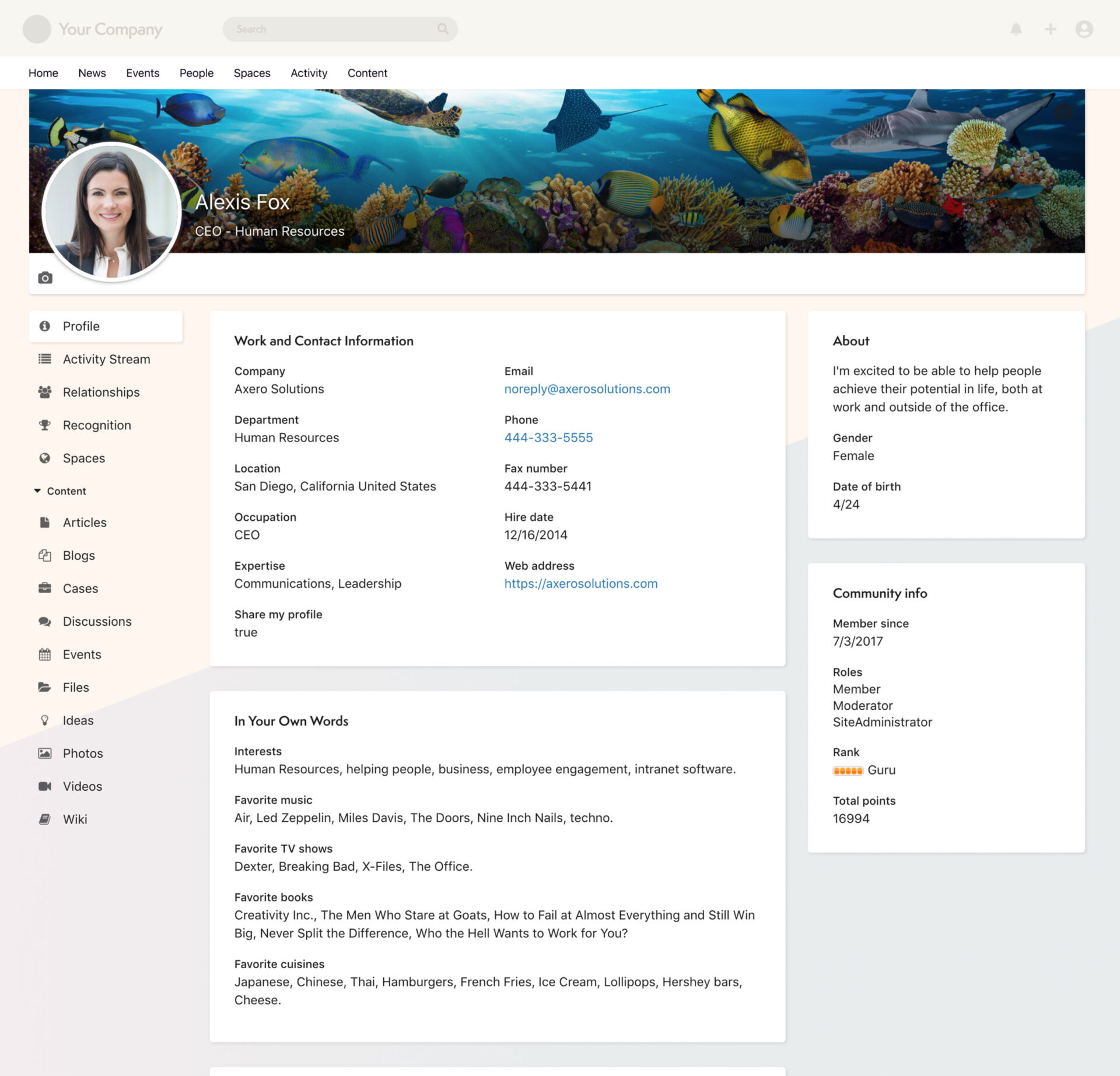
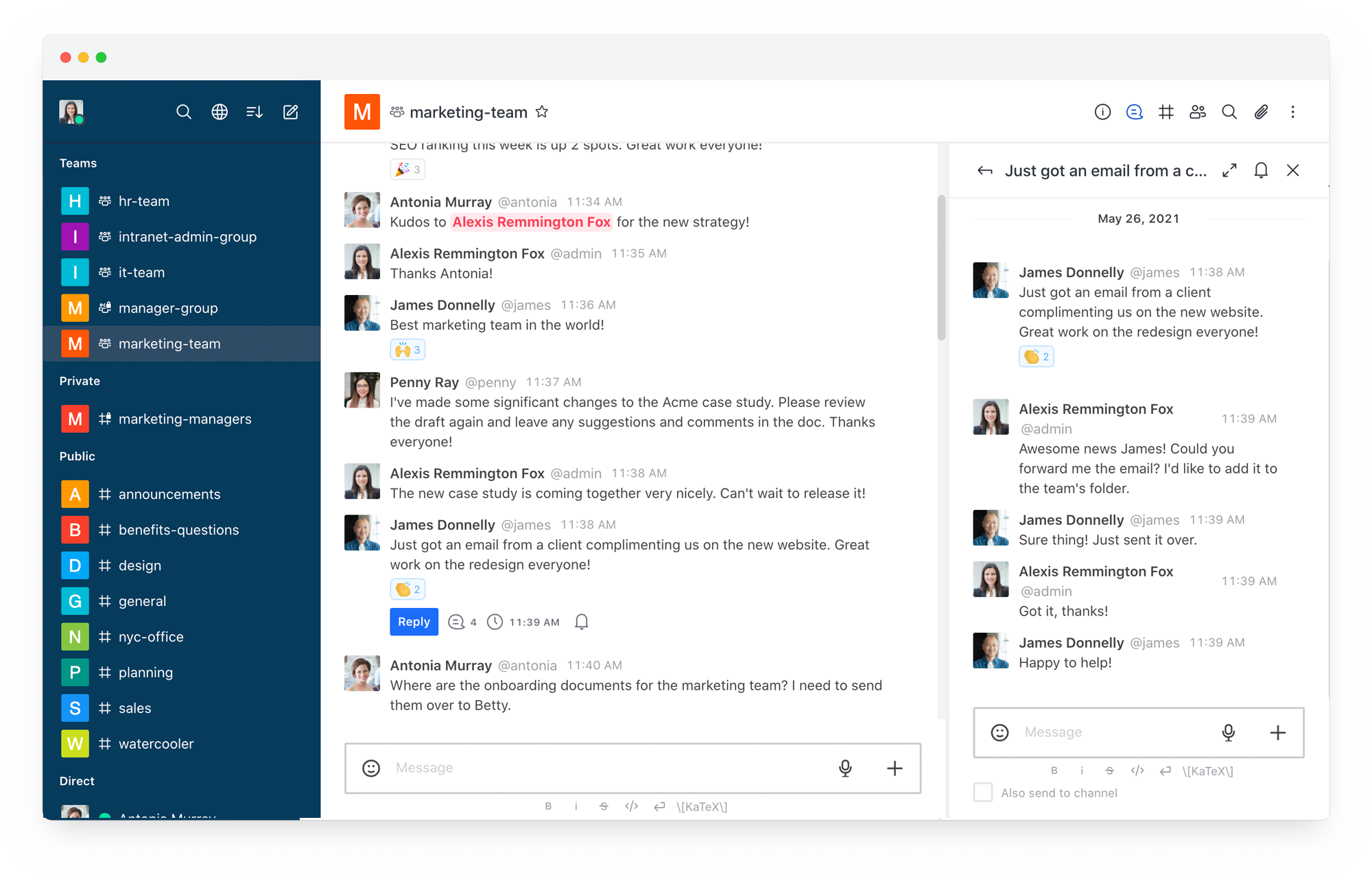


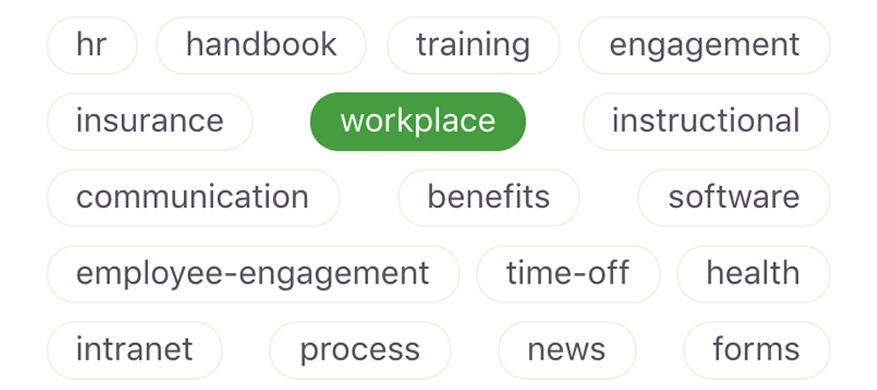
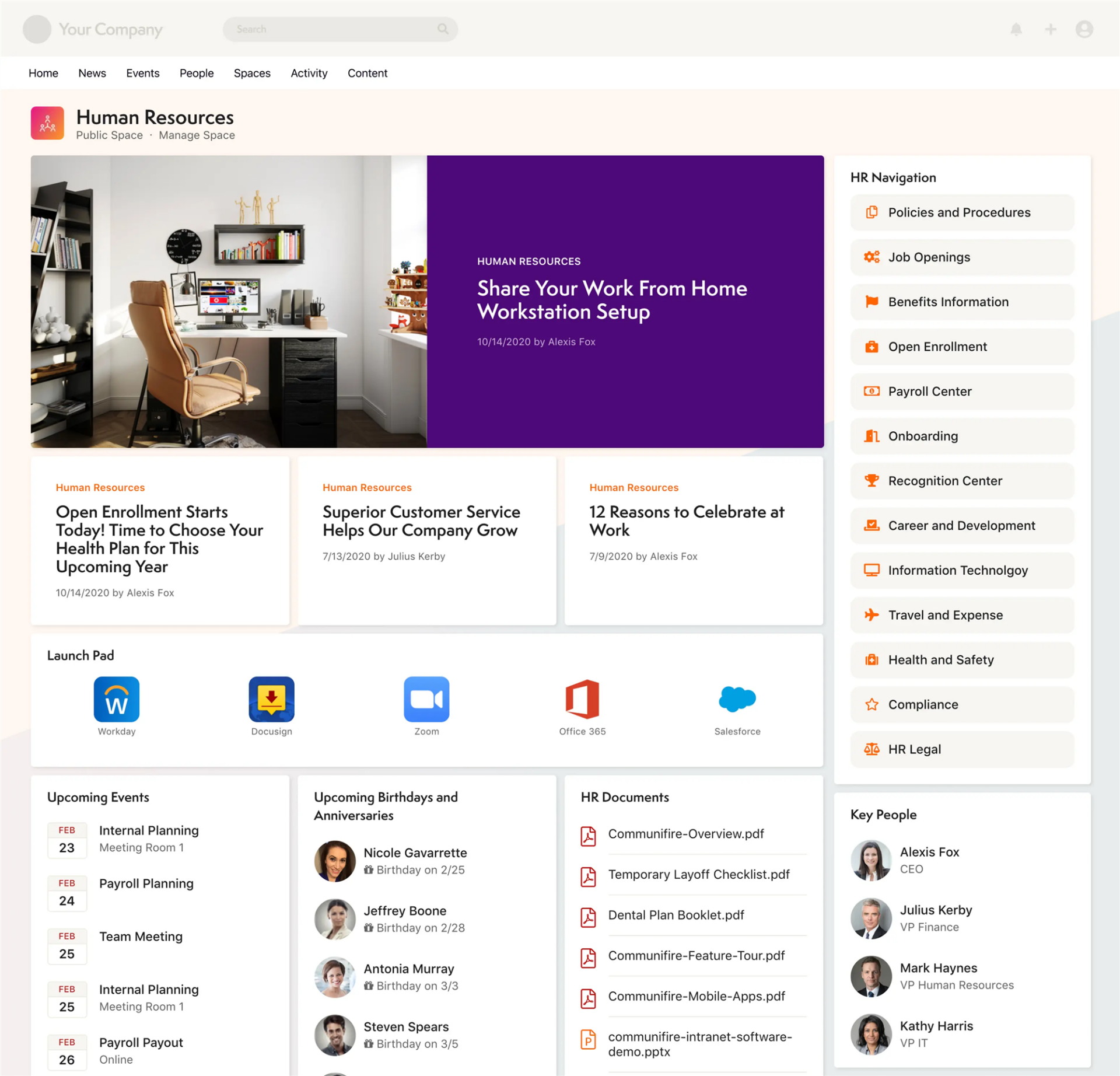
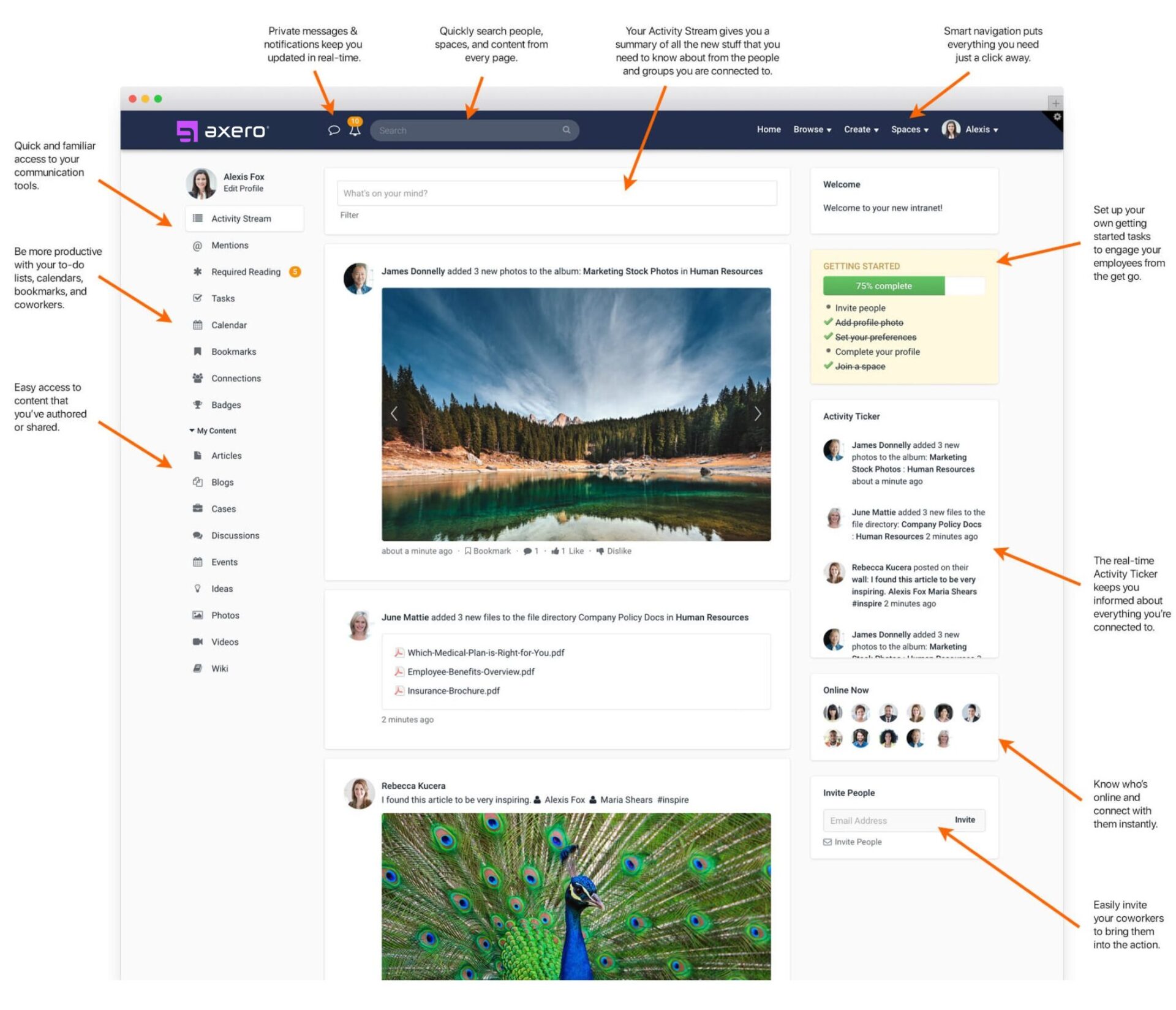
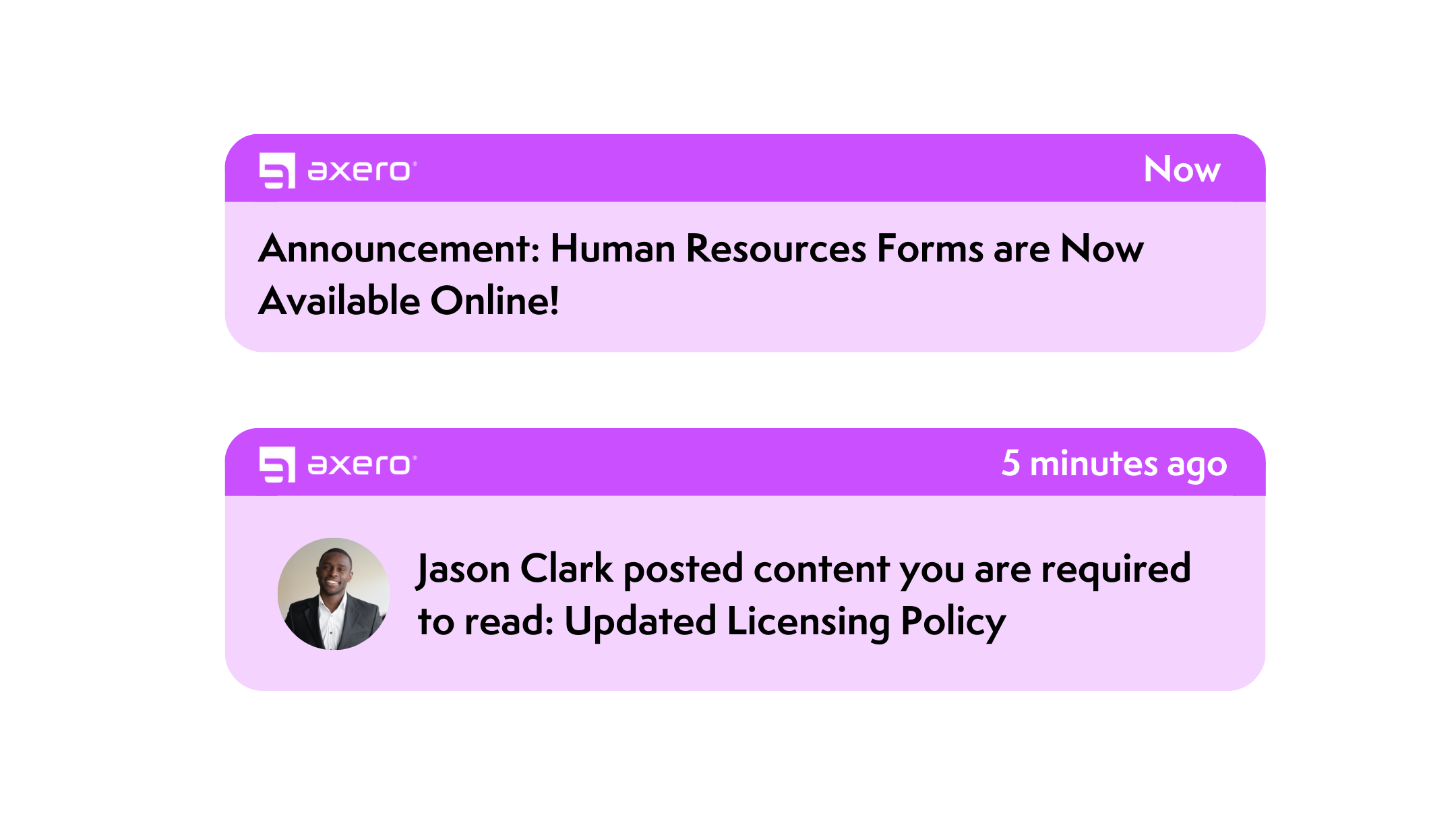
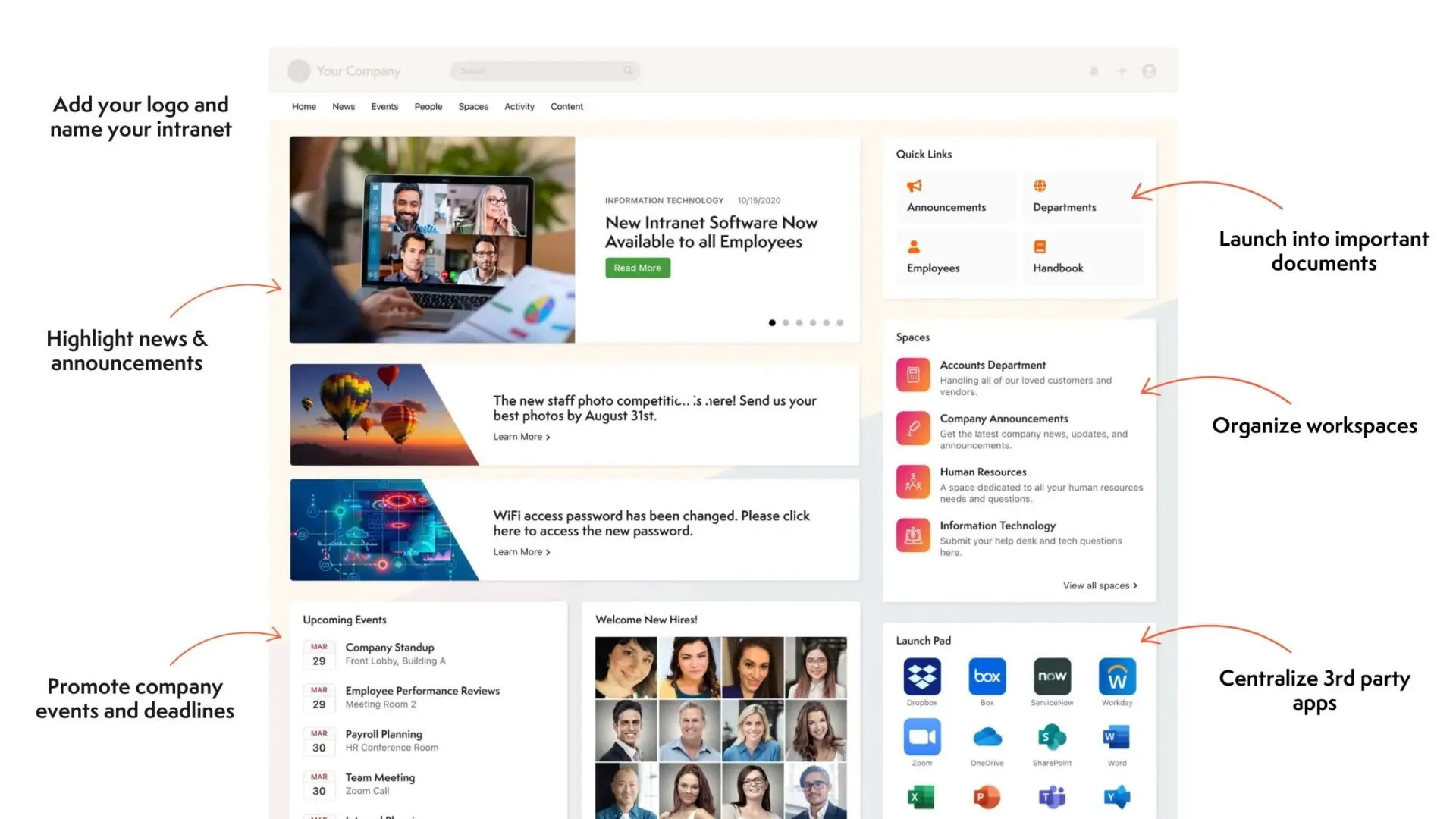
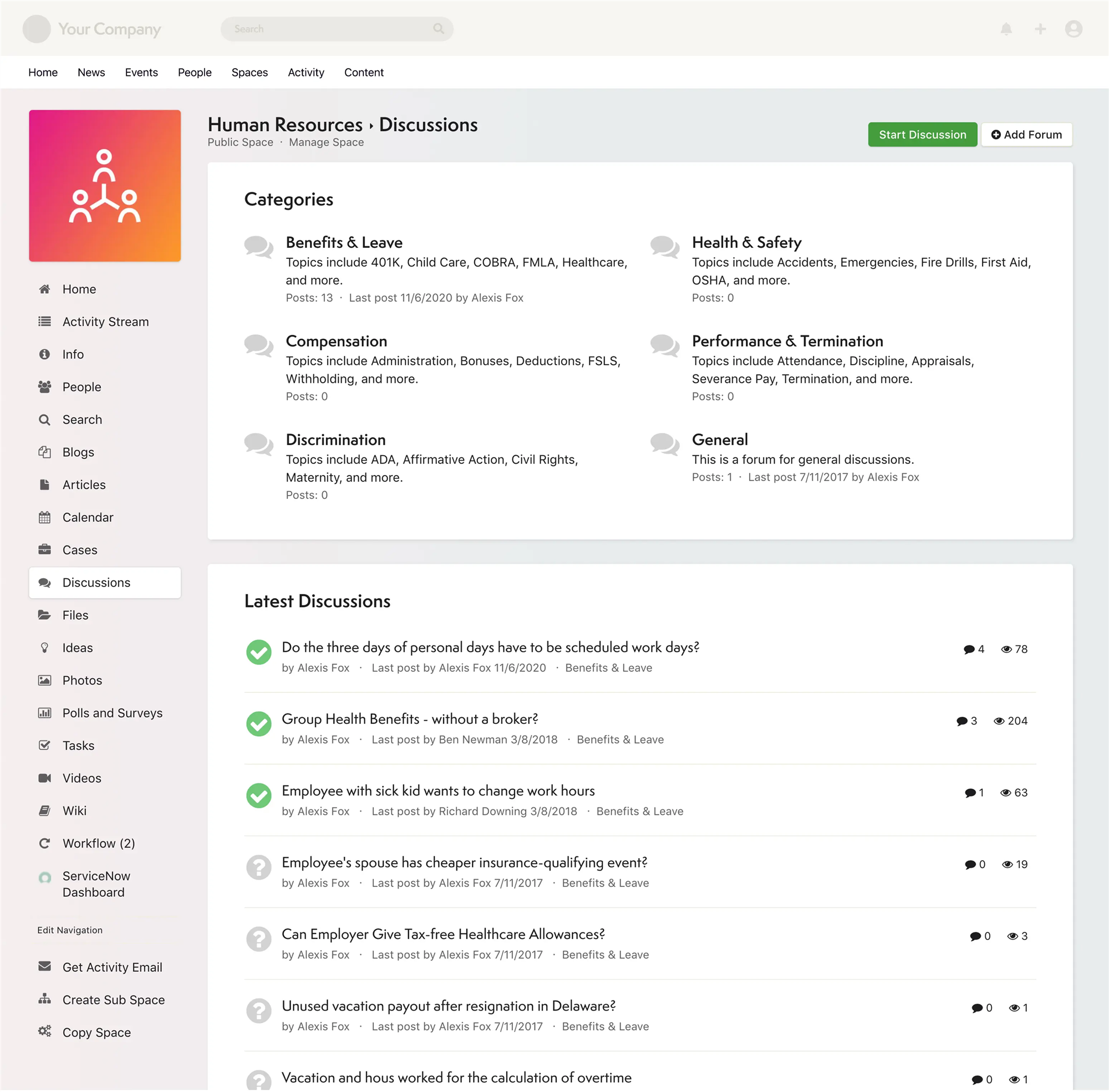
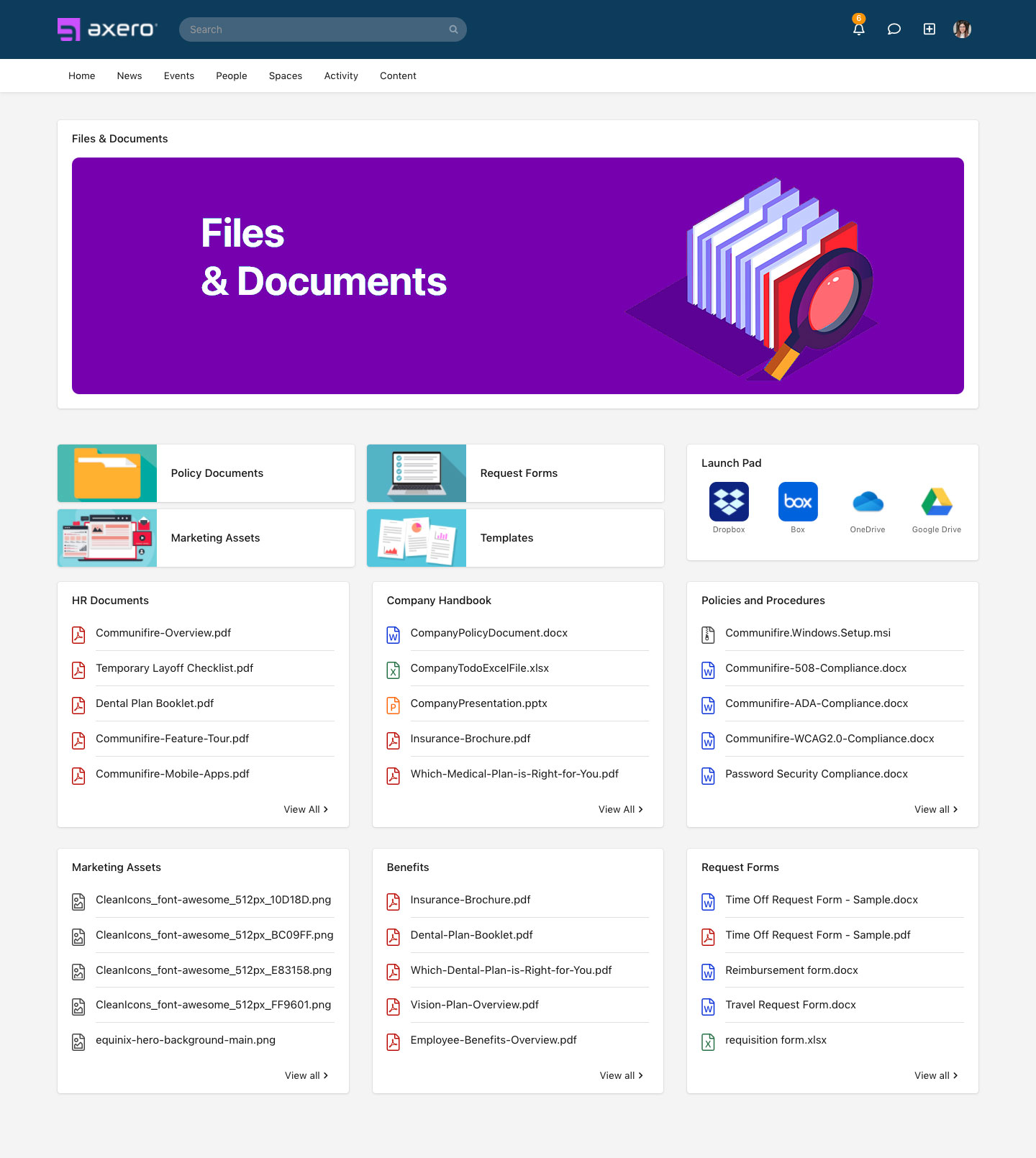

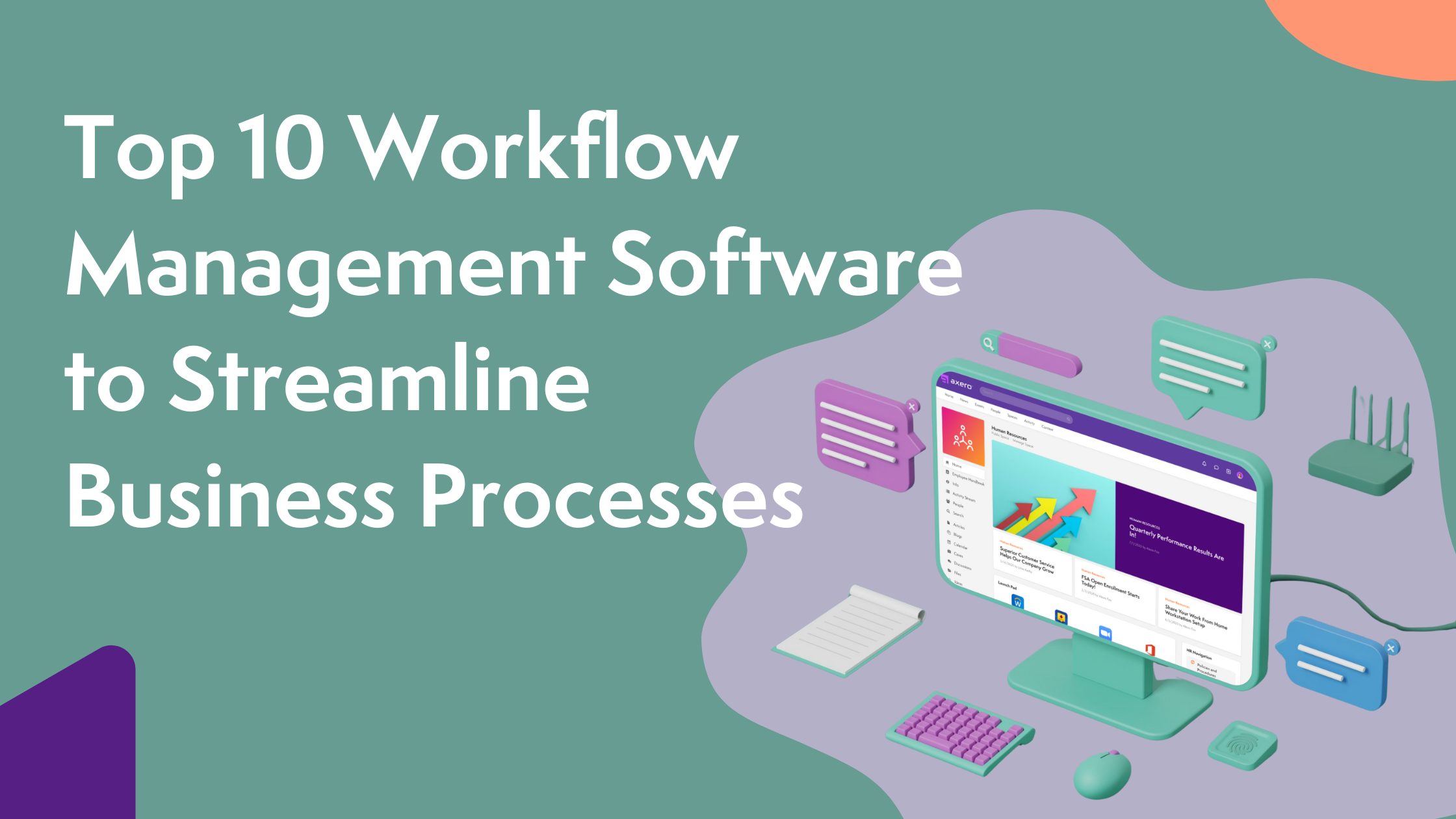


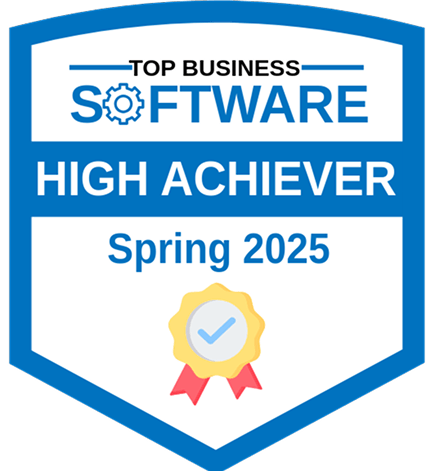


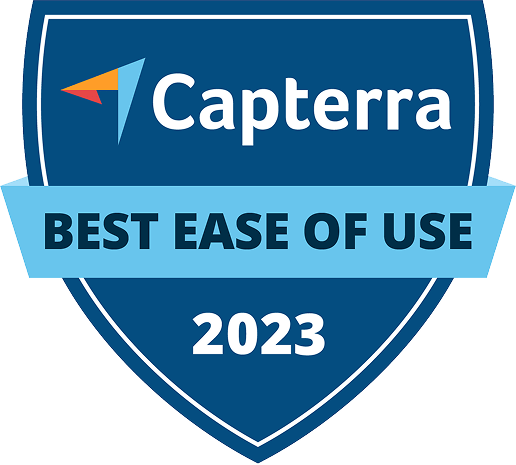
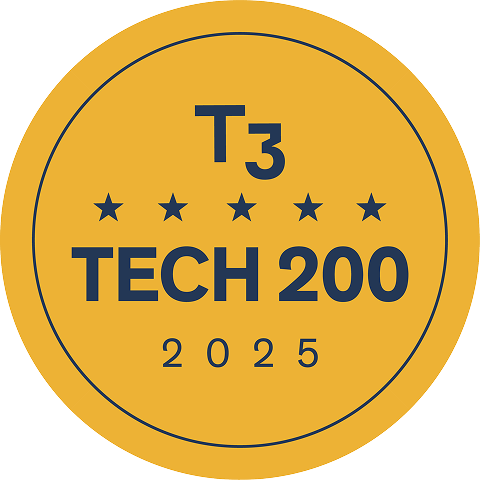


 info@axerosolutions.com
info@axerosolutions.com 1-855-AXERO-55
1-855-AXERO-55


